As the League One relegation fight heats up, Southend United took the call to end what had promised to be a fairy tale by dismissing manager Chris Powell. A hero as a player at Roots Hall, Powell replaced Phil Brown in January 2018, guiding the Blues away from the relegation zone and to safety.
The former Huddersfield boss was given his first real crack at the whip this season, making major changes to the squad with stalwarts like Michael Timlin and Anthony Wordsworth being moved on to make room for Powell to put his own stamp on the team.
This campaign looked set to be one where Powell could join his former team-mate Steve Tilson in becoming a legend for the club both on and off the field. The latter had led his boyhood club to back-to-back promotions between 2005 and 2007. Powell’s journey ended abruptly, and not with the dream ending that many had been hoping for. The team had gone 11 games without a win, and were left drifting ever nearer to the relegation zone.
This tactical analysis will consider what went wrong for the Charlton icon back at his old ground and how a promising season went so off the rails, leading to his sacking only a matter of days after a vote of confidence from owner Ron Martin.
Injuries
First and foremost, Chris Powell’s time in charge at Southend can’t be considered without injuries. Looking at Powell’s key men, Mark Oxley, Jason Demetriou, Rob Kiernan, Harry Lennon, Ben Coker, Luke Hyam, Dru Yearwood, Tom Hopper and Steven Humphrys have all missed significant portions of the season.
With 33 players used this season, Powell has not been able to build a settled side. The likes of Nathan Bishop, Isaac Hutchinson and Charlie Kelman have stepped up from the youth teams and have performed admirably, but Powell would never have contemplated that they would be needed when the season began in August.
The precursor came when Sam Barrett ruptured his knee ligaments days after making his professional debut having joined in the summer, with several regulars going on to miss months of action.
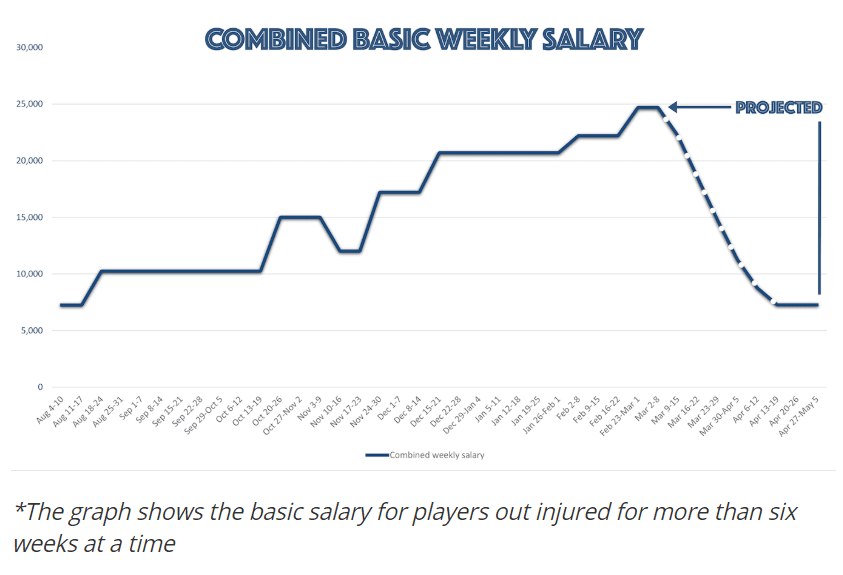
The club would go on to claim that they boast the fifth highest budget in League One, with injuries sidelining as much as £20,000 of wages every week from December to March. This analysis will consider how Powell’s decision making led to his downfall as manager of the team he once played for, but it is important to keep in mind how injuries effectively tied one hand behind his back throughout the fight against the slide down the table.
A failing attacking setup
The season had started well in attack. In fact, at the start of the season, Southend ranked among the league’s highest in xG come September, even with results going against them, and it seemed only a matter of time until results started to pick up and push the side on to become promotion hopefuls. It never materialised though, perhaps due to a lack of patience on Powell’s part. Despite the team boasting one of the highest shot accuracy rates in the league, they would find themselves in the doldrums of League One.
Now 20th in the xG table, few doubt that had Hopper stayed fit, the team would have been finding the back of the net more regularly. He was Powell’s target man who led the line and held the ball up, yet his injury did not lead to a change in style despite the lack of a like-for-like replacement. Instead, the ball continued to be punted forwards. In January, Humphrys was recruited to step in, but injury struck him down too.
The result should have been a considered change in style adapting to Simon Cox’s strengths, but it was not. Powell remained adamant that the direct approach was best, playing Cox alone or alongside an inexperienced teenager like Kelman. It meant that it became easy for rivals to defend against, pinning several men on Cox with nobody left to exploit the space that their marking would leave.
With no midfield runners and little to no pace on the flanks as the midfield got forward to support, Cox would be left fighting a one-man battle each and every time Southend got the ball into the opposition half.
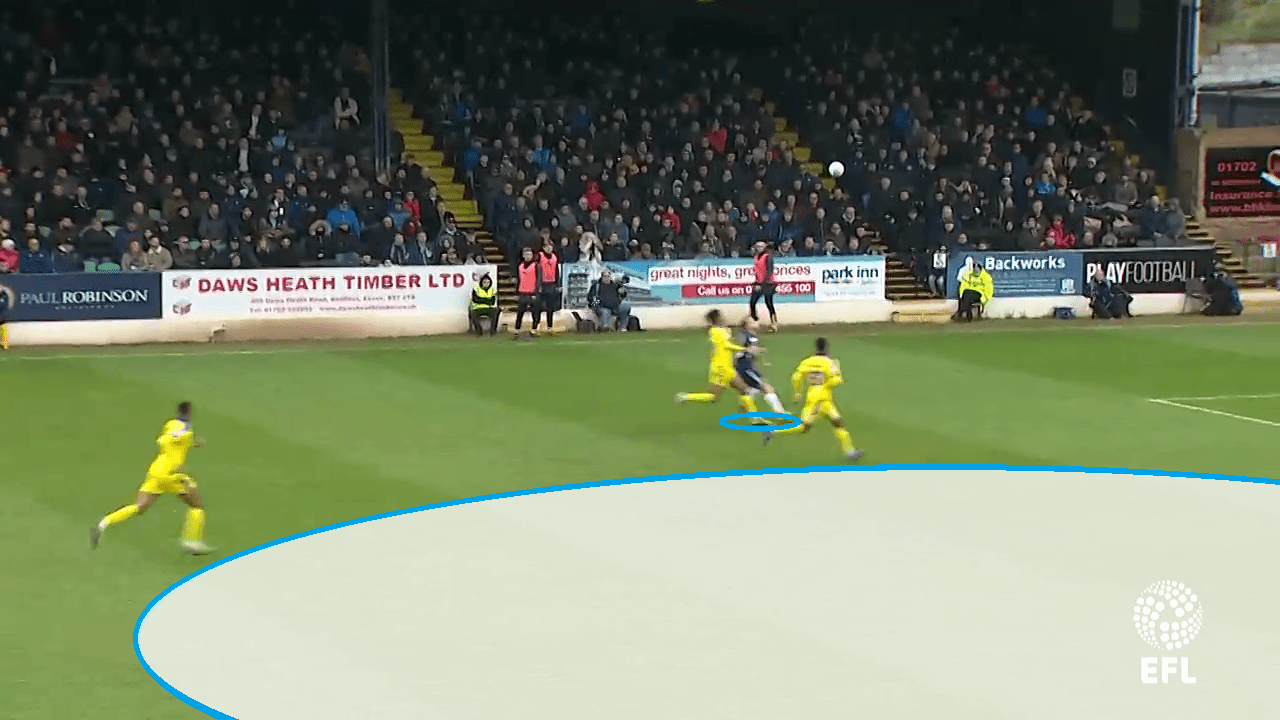
It feeds into the distinct lack of goals from elsewhere, particularly when away from home. Only five goals have been scored all season by non-strikers on the road. Sam Mantom is the team’s highest goal scorer from elsewhere on just four goals, whilst only three others have even scored more than once.
With such little support, Cox has been left to shoulder the responsibility of the side in attack. It’s a role he has handled well, almost single-handedly turning the tie around with a hat-trick against Portsmouth, but it was not enough to save Powell’s job.
Defensive woes
However, despite the struggles in attack, the quality of players like Cox, Hopper and Humphrys has done enough to get by. It is in defence where the team has most struggled. What is intriguing with Southend’s defensive issues has not been the number of chances conceded – rather to the contrary given that the team ranks in 13th for xG conceded – but the quality of the chances they have conceded, with the fourth highest probability of scoring from every shot taken against them.
That is why the team is performing worse than all but four teams in goals conceded (59) compared to what they would be expected to concede (56.94). In part, this has been down to the chopping and changing nature of team selection. With 10 men regularly taking turns to play across the back, consistency has been hard to come by.
Positioning has proved challenging and the defence have too frequently been caught out of position. Bristol City loanee Taylor Moore has been the one constant throughout the campaign and one of very few bright spots, earning rave reviews despite being surprisingly dropped by caretaker manager Ricky Duncan for his first game in charge.
Shambolic defensive organisation has followed. This comes as something of a surprise given Powell’s reputation for structured and rigid defensive set-ups. Repeatedly, the narrow setup has seen full-backs drift in or be caught out of position, allowing rivals to exploit the flanks.
There is no clearer example than against Blackpool, where eight men stood within 10 yards of each other all within the width of the D, needing only a threaded pass through the lines to set up a one-on-one with goalkeeper Bishop. Such woeful structure is how teams have not always found it easy to get through to goalscoring opportunities against the Blues, but have had no problem converting once there.
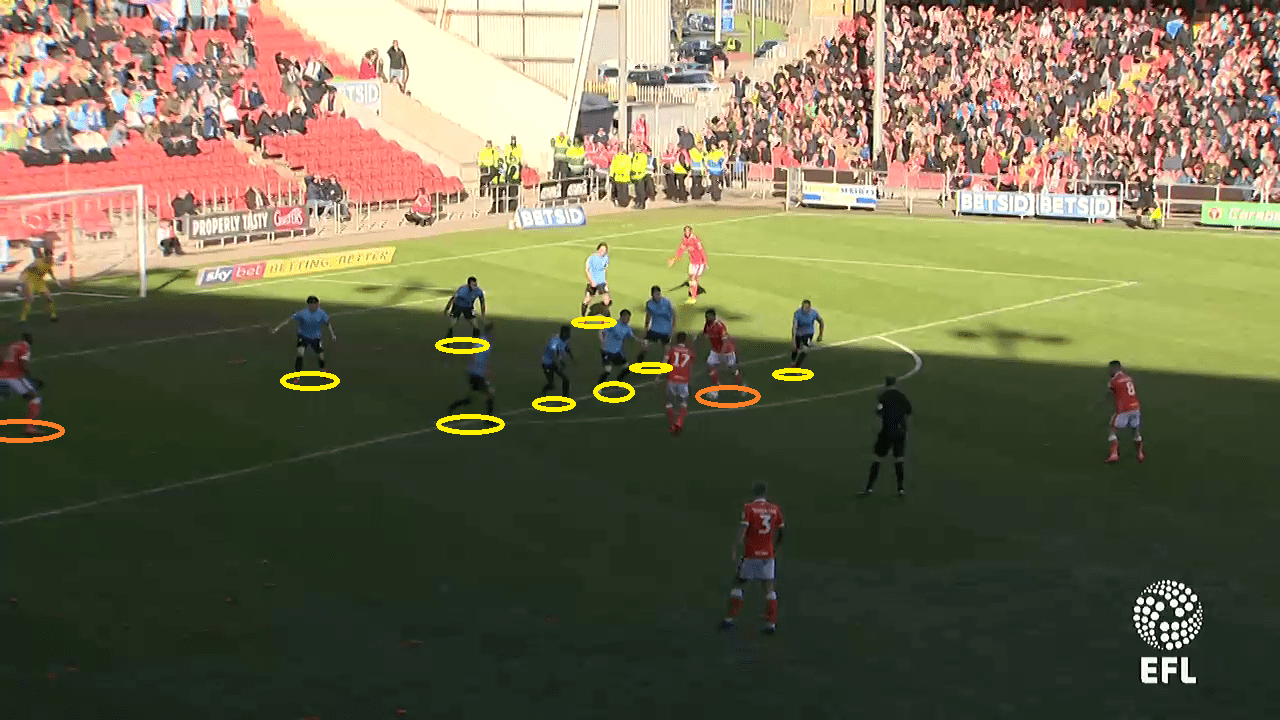
This has been exacerbated by the team’s fundamental weakness in the air. Time and time again, goals have been scored from crosses into the box and set pieces, and it’s easy to see why teams have targeted them.
Engaged in the third highest number of defensive aerial duels, Southend have the third worst success rate for this type of challenge at just 42.03%. Given the presence of physical players like Michael Turner and John White it comes as a surprise to see that figure so low, but again points to a lack of organisation working to those players’ detriments at set pieces.
Stubborn tactics without a plan
Southend have played more long passes than anyone in League One this season, at 64.09 long balls per match, routinely hoofing the ball from defence to attack and bypassing an ineffective midfield. With Hopper or Humphrys fit, there was at least a target man to aim for, but in Powell’s final weeks he was misusing Cox and asking for miracles from teenager Kelman.
It was an approach that teams quickly figured out and learnt how to halt, but one that Powell persisted with. Despite making frequent selection changes and formation changes, the approach did not change at any point. It became less and less effective and Powell’s final game in charge, against Peterborough, was the third lowest success rate for completion of these long passes throughout the season.
Yet, despite refusing to change from his style of play, it seemed that Powell never really had a plan. When things started to go against him, he constantly looked to alternate the tactical system but without ever allowing the team to settle. In his last 270 minutes in charge, Southend played six different formations: 4-4-2, 4-1-3-2, 4-1-4-1, 4-3-3, 5-3-2 and 5-4-1.
Whilst injuries robbed the side of any chance to settle, Powell’s tactical decisions made it entirely impossible. With the team on edge as a result, it was particularly evident at Roots Hall. Southend won one point from every three available at home, the third worst home record in the league during his reign this season.
Fans have grown increasingly nervous and got on the backs of their players, bewildered by the tactical arrangements, and at times it seems that the players felt similarly. Without fluidity and feeling uncomfortable in the constant chopping and changing, the team would revert to long balls forward and waste possession. It comes as no shock that the six home fixtures with the most long balls played all ended in defeat for the hosts.
Poor transfer business
Perhaps the biggest mistake of all came on deadline day in January. Theo Robinson, whilst far from a star man or fan favourite, was loaned out to Swindon Town without being replaced. An injury to new arrival Humphrys only a matter of weeks later would leave the Blues with Cox as their only fit striker. Accompanied by the out of position Harry Bunn and Kelman, the decision to loan out Robinson was a poor judgement call having already ended Shawn McCoulsky’s disappointing loan spell early.
Robinson’s pace has been just what the Shrimpers have been missing since his departure, with no option to diversify from their one dimensional approach. Whilst he is helping to break through opposition lines at Swindon with rapid runs from deep on the counter, Southend have been left without any kind of pace in the final third.
There were always question marks over whether he is a player of League One standard. What has been clear in his absence though has been that it was a major error to allow him to depart without some kind of replacement.
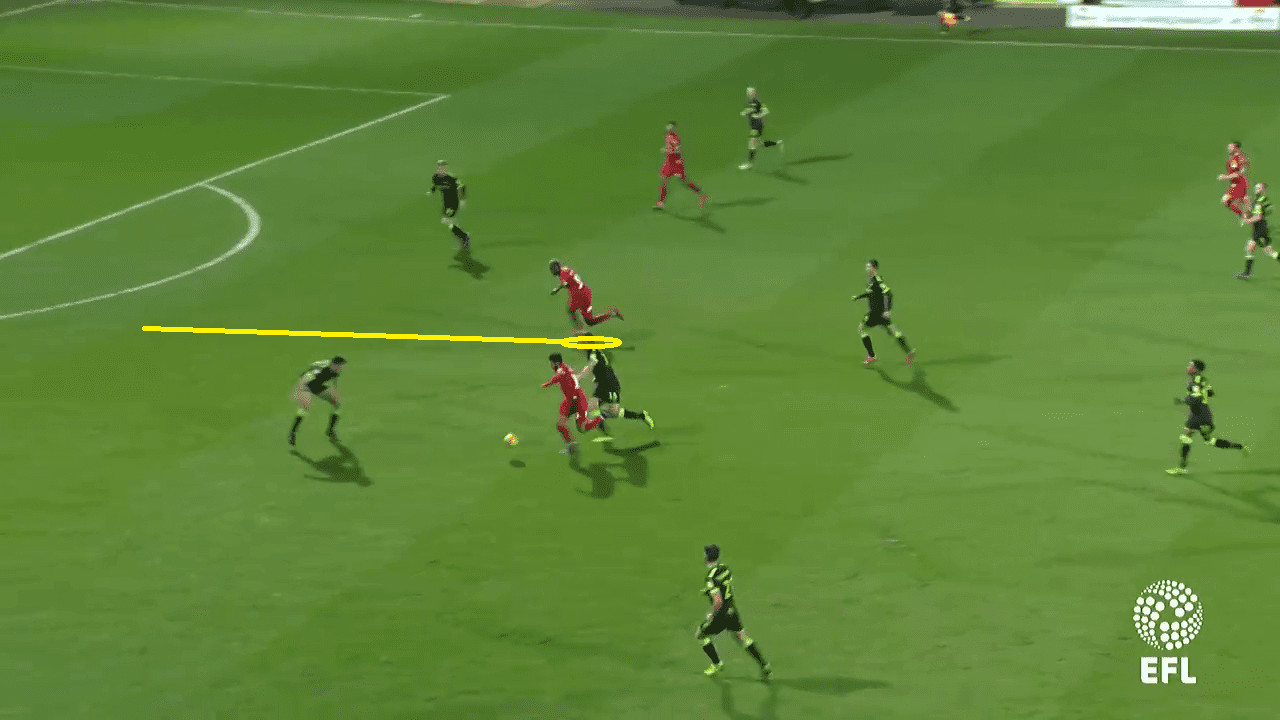
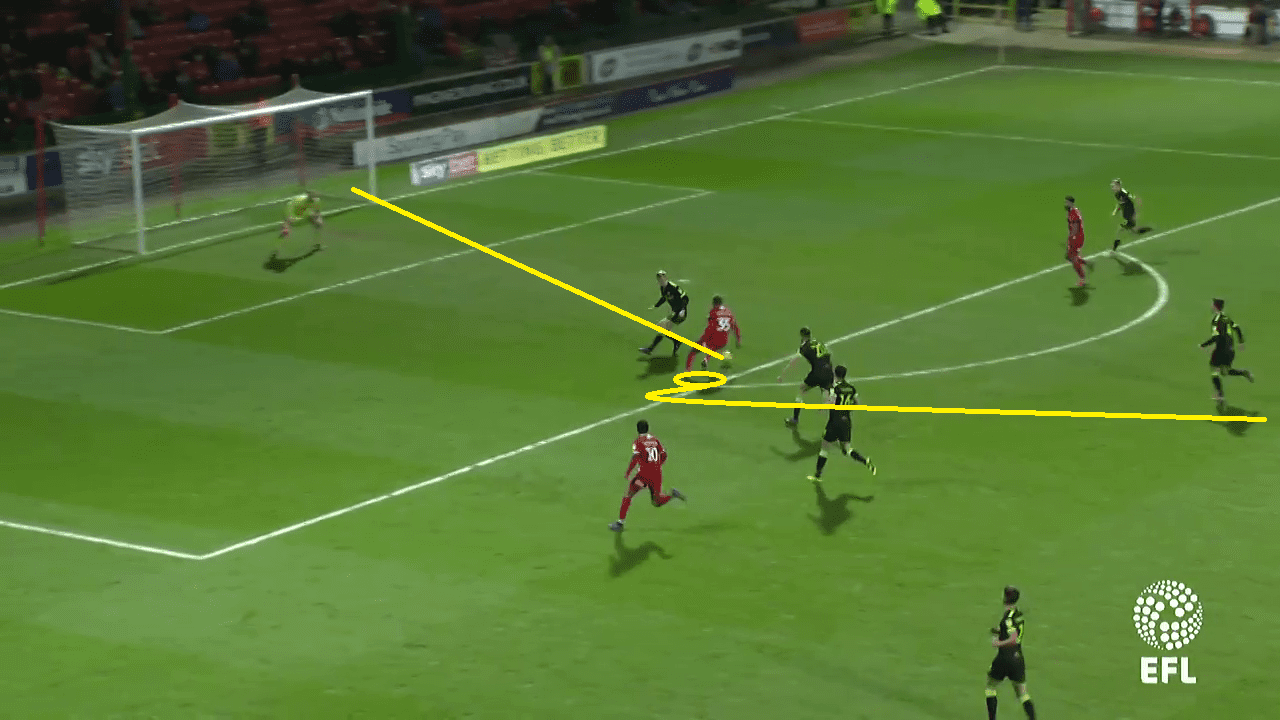
What’s more, the impact of injuries on those who have remained fit has been clear. Signings like Mantom and Timothy Dieng, who showed promise early in the season, have faded to become some of the most criticised men in the squad.
Towards the start of the campaign, they bossed the midfield and dictated play. Now, Mantom’s passing returns are a shadow of earlier in the season, going from one of those to make the most passes to one of those with the fewest. In fact, he has exceeded his average number of passes just twice since the turn of the year.

Signing a host of players with questionable fitness records, such as Hyam and Mantom, has not actually turned out as badly as it could have for Powell. However, it has meant that those who have stayed fit have struggled to maintain their momentum over the course of 40 games.
At the age of 27, this is only the third time Mantom has played more than 30 games in a season, and the drop in form was inevitable. Injuries have robbed Powell of the chance to manage his squad to avoid such scenarios, but it was the kind of gamble that a League One side must make when recruiting on free transfers.
Unlucky, but incapable
It’s fair to say that Powell drew the short straw time and time again during his time in charge. Optimism was rife in August and until February it looked as though a disastrous injury crisis would merely leave his team in mid-table obscurity. Then the rot set in and Powell was unable to get his team out of it for love nor money. Lacking the patience to find a settled tactical solution, his poor squad management left him without the options to make a stylistic change.
Powell will remain fondly remembered by fans for his playing days at the club, but his time as a manager has not gone according to plan. With an unattractive style of play failing to garner results either, it was only a matter of time until the patience of fans and management ran out. Defeats to teams in and around the Blues at the bottom, such as the home defeat against AFC Wimbledon which many expected to be the final straw, could prove fatal to their chances of survival.
Whoever takes up the reins faces a challenge, just as Powell did, but they must learn from his mistakes to take the team away from the bottom and secure League One status for another year.
If you love tactical analysis, then you’ll love the digital magazines from totalfootballanalysis.com – a guaranteed 100+ pages of pure tactical analysis covering topics from the Premier League, Serie A, La Liga, Bundesliga and many, many more. Buy your copy of the March issue for just ₤4.99 here, or even better sign up for a ₤50 annual membership (12 monthly issues plus the annual review) right here.

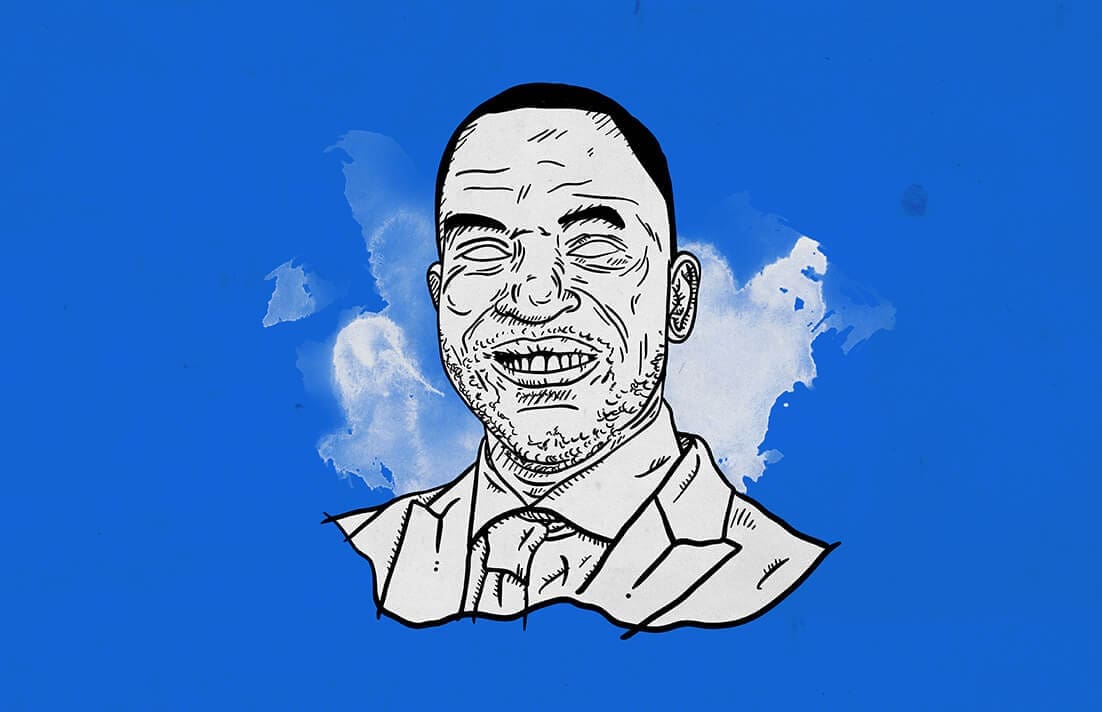



Comments